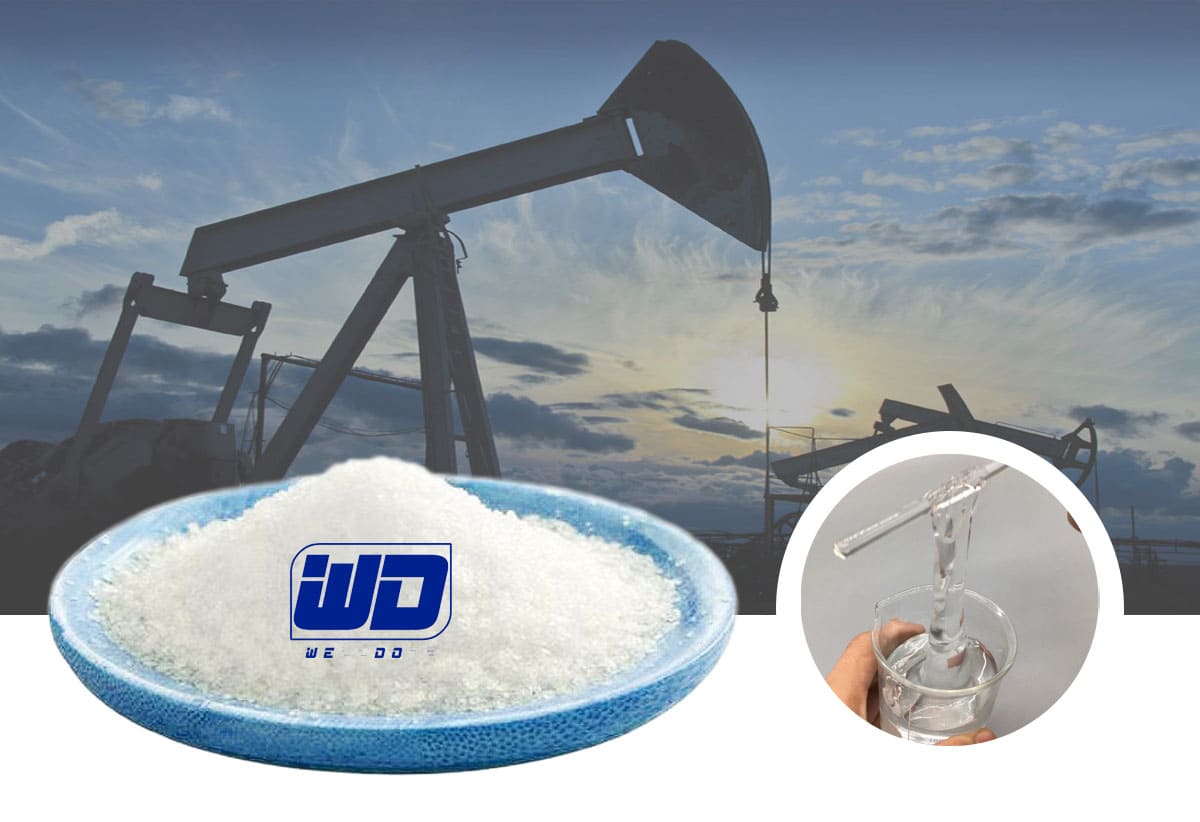Polyacrylamide (PAM) is a highly effective drag reducer that has been widely used in various industries, including oil and gas transportation, water distribution, and sewage treatment. Its ability to reduce frictional resistance in fluid flow makes it an essential component of many drag reduction systems.
In the context of drag reduction, PAM can be added to the fluid to reduce its viscosity and improve its flow properties. This results in reduced pressure drop and energy consumption during fluid transportation, leading to cost savings and improved efficiency.
One of the main advantages of PAM as a drag reducer is its ability to maintain its effectiveness over a wide range of temperatures and pressures. It can also be used in combination with other additives such as surfactants, polymers, and salts to optimize its performance under different conditions.
Moreover, PAM is non-toxic and biodegradable, making it an environmentally friendly option for drag reduction applications. It does not pose a risk to human health or the environment and can be easily removed through conventional wastewater treatment processes.
In addition, PAM can be used in various fluid transportation systems, including pipelines, pumps, and valves. Its effectiveness in reducing frictional resistance can lead to extended service life of these systems and reduced maintenance costs.
In conclusion, PAM is a highly effective and versatile drag reducer that can provide significant benefits in various fluid transportation applications. Its ability to reduce energy consumption, lower operating costs, and improve efficiency make it an ideal solution for drag reduction systems in numerous industries.







